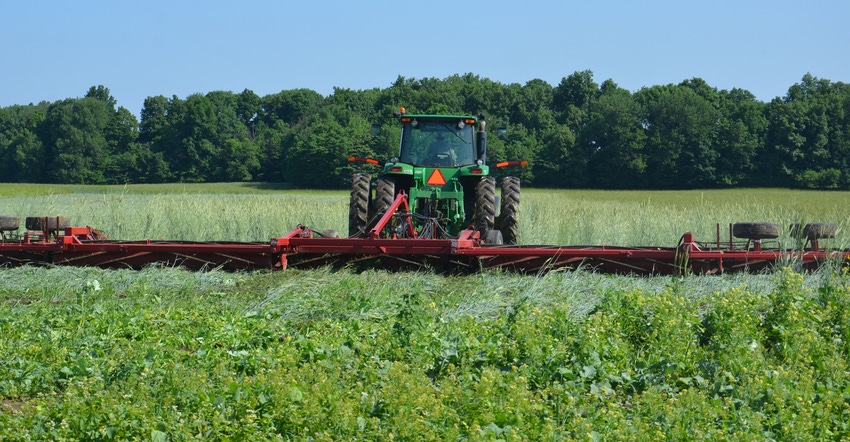
Corteva Agriscience officially will become the agriculture division of Dow/DuPont once all the i’s are dotted and t’s are crossed. The company is embracing the new name while entering into a two-year agreement to support The Nature Conservancy to help farmers grow food more sustainably while protecting water quality.
It’s another shot in the arm for the soil health movement and adoption of more on-farm conservation practices. “Every day, our team members see firsthand the commitment farmers have to being good stewards of the land,” says Dana Bolden, senior vice president of external affairs and chief sustainability officer for Corteva.
“We’re pleased to provide additional support by collaborating with TNC to help improve farmer profitability and advance adoption of on-farm conservation practices,” she adds.
The new agreement will advance soil health and nutrient management in the Mississippi River Basin.
Specifically, it will target subwatersheds in Iowa and Indiana. The program will make it easier for farmers to tap into cost-share for conservation, and will also assist agronomists who work with them. Education and cooperation with ag retailers and food companies are part of the plan.
From the data analysis world
If you’re using Sentera’s FieldAgent platform to upload and process drone images, you can now do it using Beck’s precision farming platform called Farmserver. Greg Thompson, director of sales for Sentera, says it gives Farmserver users new layers of powerful, precise crop data.
FieldAgent will seamlessly transfer crop information into Farmserver so farmers can make in-season decisions, he says. He notes that QuickTile maps, weed density maps and stand count analysis, all obtained through drone flights, will transfer to Farmserver for use in queries and scouting notes.
Tar spot option
Tar spot received attention in some corn growing areas in 2018 as an economically damaging corn disease. FMC has issued a 2(ee) label for tar spot control for its new Lucento fungicide. The emergency label covers Illinois, Indiana, Iowa, Michigan, Minnesota, Ohio and Wisconsin. Lucento can be applied from onset of the disease through the R4 growth stage.
FMC previously announced a 2(ee) label for Topguard EQ fungicide for tar spot in the same states.
New precision analytics option
PrecisionHawk Inc. has launched PrecisionAnalytics Agriculture. This new platform is all about aerial mapping and modeling. Michael Chasen, CEO of PrecisionHawk, says PrecisionAnalytics will allow farmers to apply advanced artificial intelligence machine learning to complex situations found in agriculture.
The new platform will allow users to automate plant inventory, size and health analyses so decisions can be made more efficiently and accurately. Learn more at precisionhawk.com.
Fungicide for soybeans
Sipcam Agro USA introduces Miramar fungicide for soybeans. According to spokespeople, it’s a tankmix option with an easy-to-handle, flowable formula. The active ingredient is thiophanate-methyl. It provides broad-spectrum disease control, and is also being marketed for use in peanuts, pecans and sugarbeets.
Sipcam Agro has also introduced Spinnaker fungicide for potato and sugarbeet growers. It features a copper-based fungicide-bactericide.
Better urea coming?
Purdue University researchers have developed a textured urea fertilizer that uses two layers to release nitrate more slowly than traditional urea granules. Kingsly Ambrose, one of the Purdue ag engineers working on the new design, says the layer-wise, agglomerated, controlled-release granular urea dissolves more slowly than current products on the market, and should result in less nitrate lost into waterways.
The researchers and the Purdue Research Foundation Office of Technology Commercialization are patenting the technology.
About the Author(s)
You May Also Like




